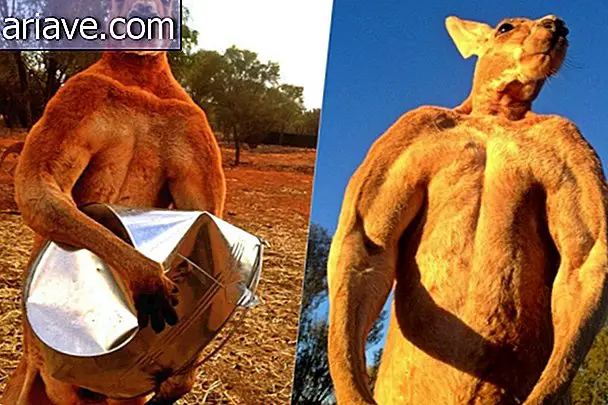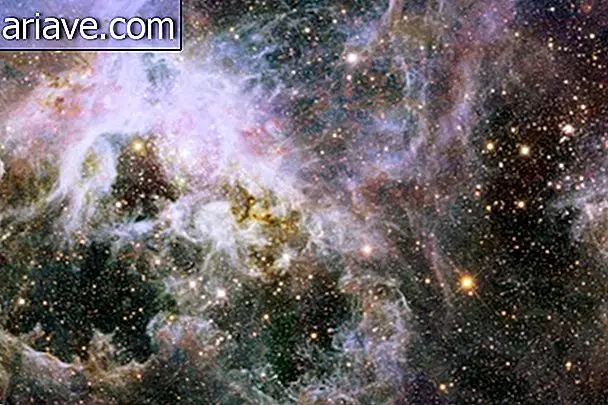Fish Fossil is the oldest face creature ever discovered
Chinese palaeontologists have made a discovery that can tear any scientist with tears in their eyes: They have found a fish fossil that appears to be the oldest known animal with facial features similar to modern vertebrates. More specifically, the face and jaw bone structure gives the fish the look and feel of what we now know as a face.
Researchers at the Chinese Academy of Sciences gave a very detailed description of the fossil in an article in the journal Nature. They estimate the fossil is about 419 million years old and yet it was "impeccably preserved."

The animal was found in an excavation in southwest China and named Entelognathus primordialis. Although it belongs to the extinct placoderm fish class , its bone structure is different from the same class animals found earlier.
The placoderms usually have extremely simple jaws made of bone plates, while some do not even have jaws. Entelognathus primordialis has a bone structure as complex as modern vertebrates.
But all this is not just a curiosity: this fossil can help science rethink the way evolutionary processes happen and what led to what we know today as the facial structures of vertebrate animals.
What is most striking about the fossil is that it adds characteristics of already extinct fish with more modern bone structures, something that until now had only been found in animals such as terrestrial vertebrates, reptiles, birds and mammals.

Until now, experts believed that the groups were unrelated and that placoderms had simply disappeared from Earth, so the finding in question turns out to be so important to science.
“If you look at just the top of the skull and body, it looks like a placoderm . But when you look at the side, and the front, you notice that it has jaws that, bone by bone, resemble the jaws of today's bony fish, ”says Matt Friedman, a paleontologist at Oxford University. However, scientists still do not have more details about the evolution of these species, but are working to find new answers.











